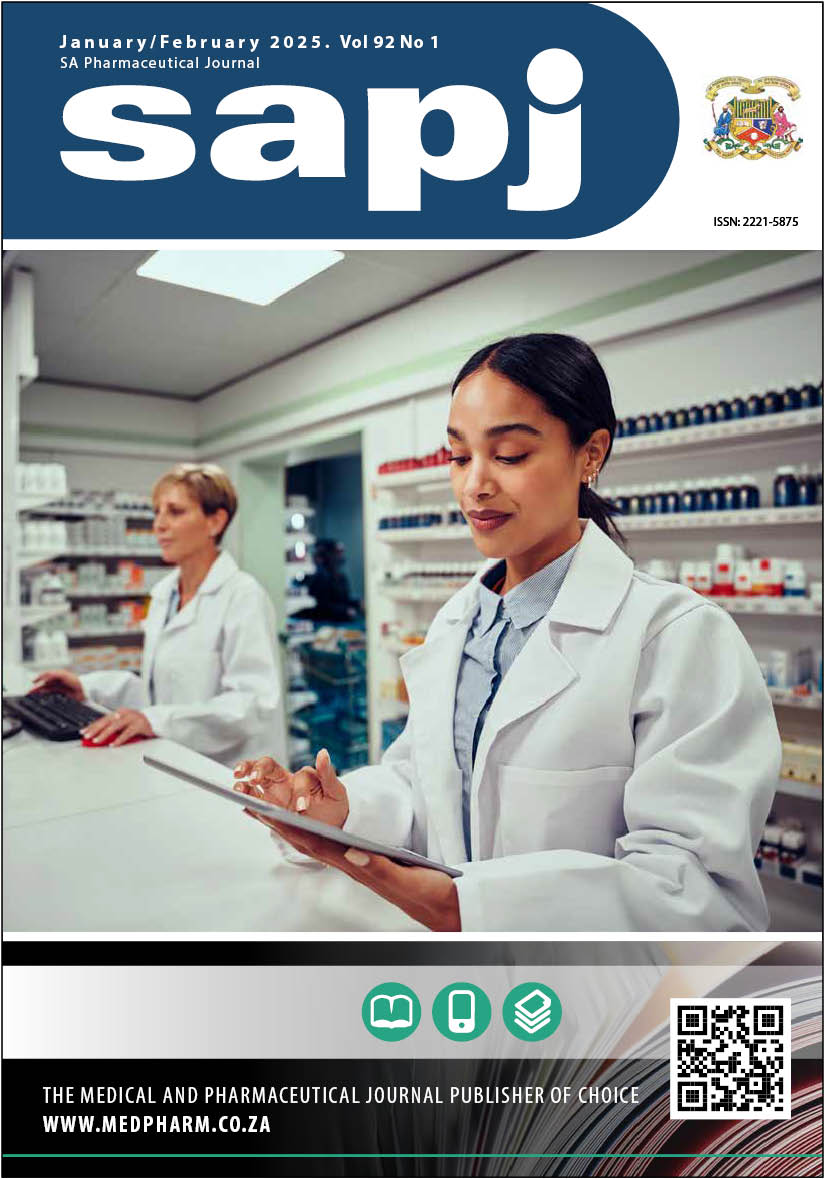Psilocybin: revealing the enigmas of a revolutionary fungi
Keywords:
psychedelic-assisted treatment, mental health, psilocybinAbstract
Psilocybin, a psychoactive compound found in certain mushroom species, has garnered significant attention for its potential therapeutic applications in mental health. This article provides a review of psilocybin’s historical, cultural, and clinical relevance. The ancestral use of psilocybin-containing mushrooms in traditional rituals underscores its longstanding association with spiritual and healing practices. Scientific exploration has elucidated its mechanism of action, highlighting its similarity to serotonin and its ability to modulate neural activity through serotonin receptor binding, particularly 5-HT2A. Clinical evidence from recent trials indicates that psilocybin, when administered in controlled settings, may provide substantial benefits in treating conditions such as depression, anxiety, and alcohol use disorder. Key studies have demonstrated sustained symptom relief and improvements in quality of life for patients, although challenges such as controlled usage, potential adverse effects, and regulatory status persist. A systematic literature search was conducted across PubMed, MEDLINE, Scopus, and ScienceDirect using keywords such as psilocybin, psychedelic therapy, and mental health treatment. From an initial pool of 30 articles, 10 studies were included based on relevance and alignment with the review objectives. The review also emphasises the importance of safe administration under professional supervision, focusing on the roles of “set” and “setting” in optimising therapeutic outcomes. Ongoing research is necessary to further substantiate these findings and integrate psilocybin into conventional mental health treatment protocols. This exploration provides valuable insights into the potential of psilocybin as a transformative tool in modern psychiatry, poised to offer alternatives for patients who have not responded to existing treatments.

